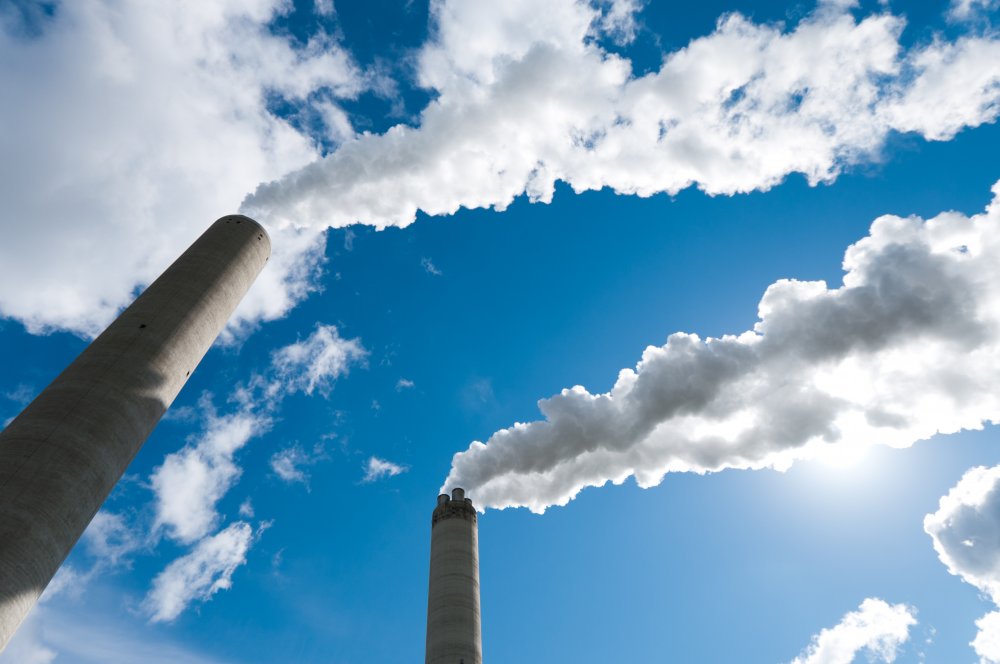Climate Change Is Heating Up in New England
April 3rd, 2023

The conversation on climate change is heating up. Many companies around the world have committed to reducing their carbon footprint, and states and cities have entered the chat. States along the northeast have passed legislation to reduce their greenhouse gas emissions. The states of New York, Massachusetts, and Maryland have passed legislation committing to achieving carbon neutrality or net zero emissions by at least 2050. As the largest sources of greenhouse gas emissions in their respective states, the cities of New York, Boston, and Maryland will carry a significant burden in realizing these goals.
In 2019, New York City signed Local Law 97 (LL 97) law, placing a limit on greenhouse gas emissions for buildings beginning in 2024. Under LL 97, all buildings 25,000 total square-feet and larger must calculate and submit their greenhouse gas emissions annually. Buildings that exceed their annual greenhouse gas limit will be subject to fines relative to the amount of greenhouse gases emitted above their limit. Greenhouse gas emissions limits will decrease every five years until 2050.
LL 97 is a part of a series of laws passed by New York City that has pushed buildings to assess their energy efficiency and invest in greenhouse gas reductions. While New York City is not the only city to implement a climate tax, LL 97 marks the first time in the US that a governing body imposes an actual limit on greenhouse gas emissions.
In 2021, the Boston City Council approved an amendment to their existing Building Energy and Reporting Disclosure Ordinance (BERDO 2.0). Modeled after LL 97, BERDO 2.0 imposes a greenhouse gas emissions limit on buildings 35,000 total square-feet and larger beginning in 2025. Emissions limits for buildings 20,000 total square-feet and larger will begin in 2030.
LL 97 allows flexibility and market-based solutions for buildings in achieving and maintaining compliance. Building owners can currently meet LL 97 requirements through three avenues:
- Reduce greenhouse gas emissions by investing in energy efficiency improvements or using distributed energy resources,
- Purchase renewable energy credits or greenhouse gas offsets, or
- Pay a fine for any excess greenhouse gas emissions.
The current provisions of LL 97 allow for the emergence of a new greenhouse gas offset market for within New York City. Buildings that choose to invest in renewable energy sources (such as solar panels) will generate renewable energy credits. These renewable energy credits can be purchased by other buildings to reduce their own greenhouse gas emissions, provided they are directly associated with electricity usage or production within New York City.
In an effort to further assist building owners in reducing greenhouse gas emissions to comply with LL 97 limits, the New York City Mayor’s Office of Climate and Sustainability conducted a study on the feasibility of a carbon trading program. The study found that a carbon trading program could further New York City’s greenhouse gas goals, provided that it was properly designed to prevent further burden on environmental justice communities. A carbon trading program would provide even more flexibility for building owners to reduce their greenhouse gas emissions. There is currently no guidance or regulation promulgated for a carbon trading program in New York City or Boston.
While the effects of LL 97 and BERDO 2.0 have yet to be realized, New York City and Boston could become the template for major cities to implement widespread greenhouse gas emissions. Major cities across the northeast, and ultimately the nation, could follow the footsteps of New York City and Boston to tackle the challenge of climate change at a regulatory level. Companies and building owners will be required to assess greenhouse gas emissions and develop strategies to lower them in order to comply with such regulations.
Taylor Kim, EIT, Project Consultant at HRP Associates, Inc.








